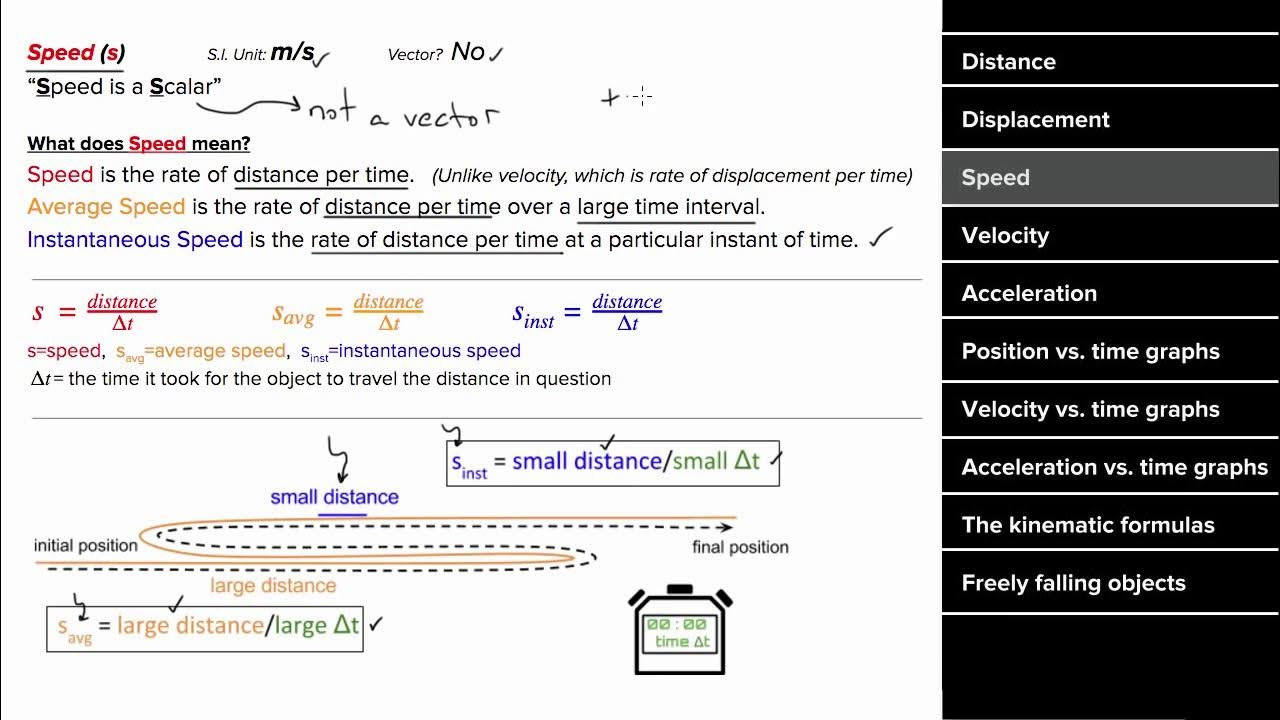DENOTATIONS & CONNOTATIONS | English Lesson
TLDRThis English grammar lesson delves into the concepts of denotations and connotations, explaining that while words may share the same dictionary definition (denotation), they can carry different tones or energies (connotation). The lesson uses pairs like 'curious' vs 'nosy', 'aroma' vs 'stench', 'mob' vs 'crowd', and 'selective' vs 'picky' to illustrate how words with identical meanings can have positive or negative connotations, enhancing the listener's understanding of language nuances.
Takeaways
- 📚 Denotations and connotations are key concepts in understanding word meanings.
- 📖 Denotation refers to a word's literal meaning, as found in the dictionary.
- 🎨 Connotation represents the emotional or cultural associations of a word, which can be positive or negative.
- 🌟 Words with the same denotation can have different connotations, affecting their tone and usage.
- 🔍 For example, 'curious' and 'nosy' have the same denotation but different connotations.
- 💡 'Aroma' and 'stench' both mean 'a smell', but 'aroma' has a positive connotation while 'stench' has a negative one.
- 👥 'Mob' and 'crowd' both refer to a large group of people, yet 'crowd' is more positively connotative than 'mob'.
- 📊 'Selective' and 'picky' both imply careful choice, but 'selective' is seen as more positive than 'picky'.
- 🤔 Understanding connotations is crucial for effective communication and to convey the intended message.
- 🎓 This lesson is beneficial for both those revisiting the concepts and those learning them for the first time.
- 🔗 Additional practice resources are available in the video description for further learning.
Q & A
What are the two main concepts discussed in the lesson?
-The two main concepts discussed in the lesson are denotations and connotations.
What is the definition of a word's denotation?
-A word's denotation is its literal meaning, as found in the dictionary.
How do denotations and connotations differ?
-Denotations are the dictionary definitions of words, while connotations refer to the emotional or cultural associations that words carry, which can be positive or negative.
What are the same denotation for the words 'curious' and 'nosy'?
-The words 'curious' and 'nosy' both have the same denotation, meaning they are inquisitive or interested in learning about something.
Which word has a more positive connotation: 'curious' or 'nosy'?
-'Curious' has a more positive connotation compared to 'nosy'.
What do the words 'aroma' and 'stench' both define?
-Both 'aroma' and 'stench' define a smell or odor.
Which word has a more positive connotation: 'aroma' or 'stench'?
-'Aroma' has a more positive connotation, while 'stench' has a more negative connotation.
What do 'mob' and 'crowd' both refer to?
-'Mob' and 'crowd' both refer to a large group of people.
Which term has a more positive connotation: 'mob' or 'crowd'?
-'Crowd' has a more positive connotation, whereas 'mob' tends to have a more negative connotation.
What is the same denotation for 'selective' and 'picky'?
-Both 'selective' and 'picky' have the same denotation, meaning they refer to being very careful in making choices.
Which term has a more positive connotation: 'selective' or 'picky'?
-'Selective' has a more positive connotation, while 'picky' has a more negative connotation.
How can understanding denotations and connotations improve one's language skills?
-Understanding denotations and connotations can help one use words more effectively and accurately, enhancing communication by conveying the intended tone and avoiding misunderstandings.
Why is it important to distinguish between the connotations of words with the same denotation?
-Distinguishing between the connotations of such words is important because it allows for more precise and nuanced communication, ensuring that the speaker's or writer's intended message is correctly interpreted.
Outlines
📚 Introduction to Denotations and Connotations
This paragraph introduces the topic of the video, which is the difference between denotations and connotations. It explains that denotation refers to the literal meaning of a word as found in the dictionary, using 'curious' and 'nosy' as examples that have the same denotation but different connotations, indicating tone or energy. The video aims to help viewers understand these concepts and decide which of given word pairs has a more positive or negative connotation.
Mindmap
Keywords
💡Denotations
💡Connotations
💡Dictionary Definition
💡Tone
💡Energy
💡Inquisitive
💡Picky
💡Selective
💡Crowd
💡Mob
💡Aroma
💡Stench
Highlights
The lesson focuses on the concepts of denotations and connotations in English grammar.
Denotation is a word's dictionary definition or its literal meaning.
Connotation refers to a word's tone or energy, which can be positive or negative.
The words 'curious' and 'nosy' have the same denotation but different connotations.
The word 'curious' has a more positive connotation, while 'nosy' has a more negative one.
Words with the same denotation can have different tones based on their connotations.
The example of 'aroma' and 'stench' illustrates words with the same denotation but different connotations.
'Aroma' has a more positive connotation, and 'stench' has a more negative connotation.
The words 'mob' and 'crowd' both mean a large group of people but have different connotations.
'Crowd' has a more positive connotation, and 'mob' has a more negative connotation.
The words 'selective' and 'picky' have similar denotations but differ in connotation.
'Selective' is more positive, while 'picky' is more negative in connotation.
Understanding denotations and connotations can help in choosing words with the desired tone.
The lesson provides a clear explanation of how denotations and connotations work.
The use of examples helps to differentiate between denotations and connotations.
The lesson is designed to be engaging and informative for both learners and those seeking a refresher.
The video includes free practice resources in the description for further learning.
The lesson emphasizes the importance of word choice in conveying the intended tone.
Transcripts
Browse More Related Video

Connotation | Reading | Khan Academy

Learn Negative Prefixes in English: IN-, IM-, IL-, IR-, IG-

AP Physics 1 review of 1D motion

Affixes - Learn Prefixes and Suffixes in English - prefixes and Suffixes examples

English Grammar: Negative Prefixes - "un", "dis", "in", "im", "non"

Synonyms | Award Winning Synonym Teaching Video | What are Synonyms?
5.0 / 5 (0 votes)
Thanks for rating: